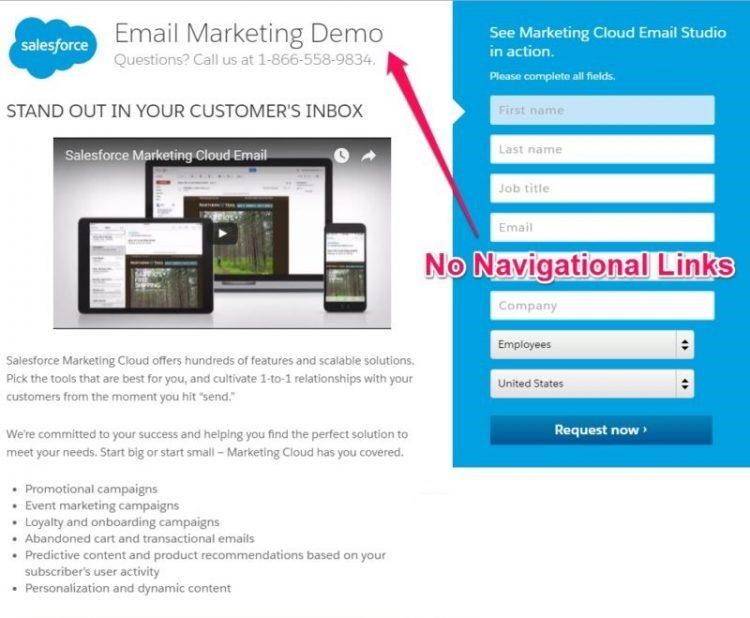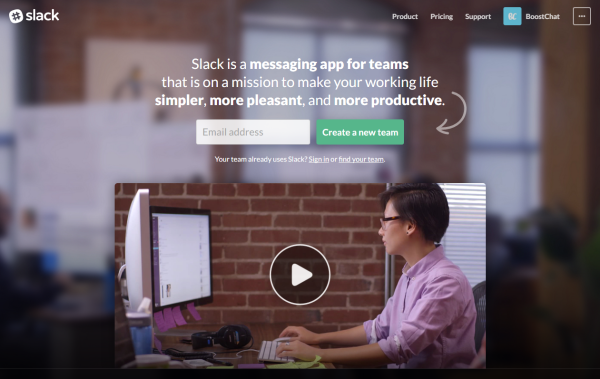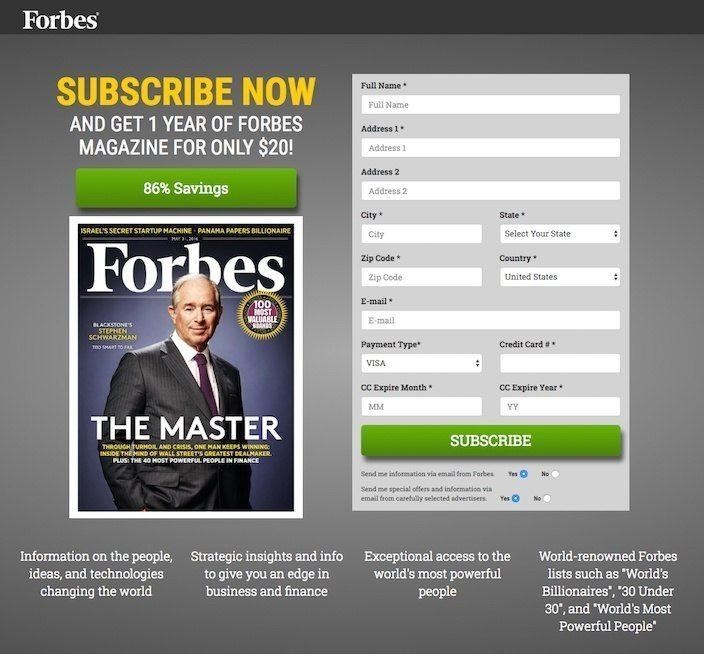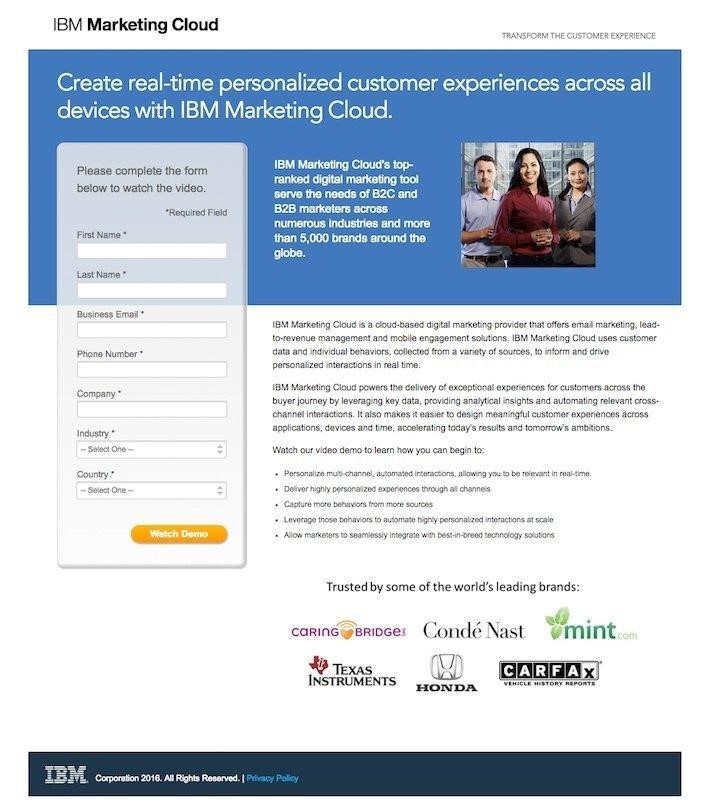Last updated on March 3rd, 2021
A first impression is the last impression, indeed.
After all the hard work that has gone into creating your web presence, the next important thing to do is convert your visitors into valuable leads.
This is where an SEO strategy for landing pages come into the picture.
Now, let’s take a quick look at this statistical information shared by Hubspot –
The second edition of MarketingSherpa’s Landing Page Handbook mentions that 44% of clicks for B2B companies are directed to a business’ homepage and not a specially designed landing page.
Just 62% of the companies using landing pages have six or fewer of these in total for their business.
The handbook also mentions that the reason why businesses don’t use them is that their marketing department doesn’t know to get them up and running, or they have many other things on their agenda.
Before we delve deeper into the SEO strategy for landing pages, let’s take a look at how a landing page works.
Hey, wait!
If you think this one’s a no-brainer for you, scroll to the end of the blog where I have added some of the best strategies for conversion optimisation. Don’t miss out on them!
How Does a Landing Page Work?
We know that a landing page is just like a web page that helps capture a visitor’s information through a conversion form.
A good landing page targets your audience, provides them something of value and converts a chunk of your page’s visitors to leads. Your landing page should prompt the visitor to do one of the following:
- click
- buy
- allow a follow-up by email or call
- tell a friend,
- give you feedback.
Being a content-based strategy, content should be the primary focus here. Landing pages improve user experience and convert visitors into leads. They also support your SEO strategy when you are trying to rank better on search engines for your important keywords. Additionally, the content they present has every chance of inviting inbound links.
Want to know the best part?
A landing page creates a win-win situation between the site and the visitor. A visitor wishes to access valuable content from you. So, he feels he should fill the form on the landing page with his details.
On the other hand, marketers willingly provide invaluable inputs with the desire that the visitor provides his personal information to push their marketing efforts in the future.
Guidelines for Creating a Winning SEO Strategy For Landing Pages
1. Publish it Linked to Your Own Site
When creating a landing page for your website, keep in mind to maintain your search engine visibility and authority by publishing them to your own domain.
Why lose out on the slight, if not much, leverage of a ranking boost when people look for your services using the keywords you have added?
2. Figure Your Most Important Keywords
Look for words that you want search engines to rank your page. Long tail keywords are easier to rank for on search engines.
Start with making a list of the terms or search queries that are relevant to your page.
Derive combinations of long tail keywords research from them by inferring what your prospect may type into Google to find what you offer.
Here’s a quick example.
You are a four-wheeler repair service provider in Pune and you are creating a landing page that aims to draw the attention of clients who own a car. Don’t try to rank for broad terms such as “car repair” or “four-wheeler repair company”. Instead, you can be specific and use keywords like “car repair company in Pune”. You may also be more specific and say “car repair company in Hinjewadi”.
3. Add Keywords Strategically on Your Page
Merely using keywords doesn’t help unless you use them in the right places. Here’s how.
Title Tag – This is displayed at the top of your page in your browser tab and is the big blue link you see in the SERPs. Make it compelling and have the right keywords to encourage the reader to click.
Meta Description – This is the short description that features below the page title in the SERPs. Use it well and have the right keywords in it to inform the reader what he is likely to find when he clicks the link.
Header Tags – Prioritise your content by using HTML header tags starting with H1 as the main headline of your page. H1 tag informs Google what the most important words on your page are. Accordingly use H2, H3 and so on for the internal headings.
Image File Names – Use descriptive file names for your images since Google crawlers read them. If the image alt text contains the target keywords, it will help in improving your ranking.
But here’s the deal.
Sprinkle keywords judiciously through your copy. Don’t indulge in “keyword stuffing” if you want to avoid being penalised by Google.
4. Page Length Does not Decide Search Engine Rankings
If you thought the length of a landing page is a yardstick for how it fares on search engines, you need to rethink your SEO strategy! Brevity is important and not all long-form content ranks high on Google.
This may contradict common belief of marketers that search engines favour long content but the better ranking may also be if a page is well-researched and valuable to the reader.
If a page attracts readers and makes them stay longer, the battle is won.
At the same time, do not shy away from mentioning all the important points even if it means providing useful information to your target audience.
5. Creating Content That Invites Backlinks
Quality backlinks can help your rankings get a boost in the SERPs. If someone likes your page and is linking to you, it tells Google that you have something of value to offer to your visitors.
A combination of great, well-researched content and targeted outreach can help in building good links.
Be creative and keep these pointers in mind when you conceptualize your landing pages or the SEO strategy for them. Figure out what can attract your target audience to avail your services.
Sit back with a cup of coffee (or tea, if you like) and think with a free mind how best you can formulate your landing page strategy.
Step into the shoes of a customer and jot down ideas as they come to you. Zero-in on the best
ones and create optimised landing pages.
Examples of Few Best SEO Focused Landing Pages
Whether you are a landing page creator or a service seeker looking to get a few of these done for your website, this will get you rolling.
Here are some of the examples to help you build compelling landing pages.
1. Doing away with navigational links
This landing page focuses on having just one call to action (CTA) in the form of a clickable link. Bye, bye distracting footers and navigation bars!
2. A short, crisp video explaining the landing page goal
Quick communication is the key and this is deployed well in the example you see below. Tell your story effectively in a video, talking about the benefits of your product/service in a crisp yet engaging manner.
3. Benefit focused headline and sub headline
The illustration below shows that the headline mentions the benefit of availing 86% discount upon signing up for the magazine. The brief snippets tell the reader what they can find in the magazine. With a contrast colour call to action button that invites the visitor for a yearly subscription, this landing page has everything going for it.
4. Content driven and provides social proof
The page provides crisp content on how the company’s marketing tool can benefit marketers across the world. The headline and sub headline reiterate the benefits and provide a proof of how the tool has been helping thousands of businesses.
You notice the call to action in contrast colour instantly and are prompted to fill in your personal details to watch the demo.
The logos of prominent companies, indicating their clientele, further serves to cement their reputation on the visitors’ minds. This is among the best landing page practices as far was SEO benefit is concerned.
Should PPC and SEO campaigns have different landing pages?
The answer is a yes.
SEO and PPC campaigns are optimised in different ways. SEO campaigns are run with a lot of content that must be relevant to visitor needs and should be like SEO storytelling. They aim at winning organic search traffic.
So, an SEO-driven landing page will be keyword-optimised and show a lot of relevance to the searcher’s intent. I have already shared inputs on what makes a winning SEO landing page in an earlier section.
PPC campaigns focus on conversion optimisation. Hence, PPC landing pages should be compatible with the ads and need to be created such that they allow the target audience to perform the required action.
Landing pages for PPC do not have to be content-loaded. The little content they have must aim
at getting conversions and providing sound user experience.
A PPC landing page can contain one or more of images or video, testimonials, consistent branding, CTAs, simple conversion form, trust symbols and a strong headline.
Visitors should be able to understand the offer easily and prompted to click the call to action button.
Heck Ya! I Want to Know the Top Strategies for Conversion Optimization!
Here’s the deal:
Landing pages present several opportunities for conversion optimisation. Period.
Take a look at these SEO strategies for landing pages.
Social Proof and FOMO to Persuade Users and Influence Their Decisions
FOMO means “fear of missing out” and this has been prompting several actions online today by marketers and website owners. This strategy is a pretty powerful one and is known to work successfully on landing pages. It tells users they will be missing something if they do not act within a specified period of time.
Apply it in your landing page copy, stating the specific date till when the offer lasts or a CTA like “Only 15 left in stock. Hurry!”.
Social proof also works to push users to help you attain your conversion goals. If you have a celebrity testimonial or the brand logos of popular companies benefiting from your products/services, it makes you more credible to your visitors.
Keeping Bounce and Exit Rates Low
A high bounce and exit rate means your page is not engaging enough or your offerings do not excite prospects. You need to figure out why.
Make an analysis to know where you are going wrong. Come up with questions like “is your website navigation-friendly?”, or “are the services or products I am offering of good value to prospective users?”
Bounce rates also tend to be on the higher side if your landing page is not optimised to provide a pleasing mobile experience. Ensure you create mobile-friendly designs that amplify user experience even on a smaller screen.
Employ Lead Capture Forms
Lead capture forms present a huge potential for generating leads and boosting the conversion rate of your website. Online tools such as ‘Leadformly’ makes it easier for owners to create these forms with high-converting capabilities.
Audio-video Medium Create a Lasting Impression
Videos communicate your brand’s story in the best way possible and help in cementing relationships with prospects and clients. This taps a user’s tendency to be more inclined toward watching videos, knowing that his attention span may not be more than a few seconds. If you can create a big impact in those few seconds, the battle if half won. Getting them to convert is winning the rest of it. Know how to embedded video can improve your SEO Landing Page Strategy
Wrapping It Up
By now, we understand that having a landing page is a great idea for increasing conversions. Making a profit out of a landing page is not always the idea. Your job is almost done even if your landing pages manage to bring traffic to your website or build your email list.
While it is very important for you to follow the best practices for building your landing pages, you must also know that every rule may not be applicable all the time. You need to work around what is the best fit in a given situation.
Best practices are definitely stepping stones but you may sometimes need to work around them to suit your business.
So, are you willing to do what it takes to build that great first impression?












